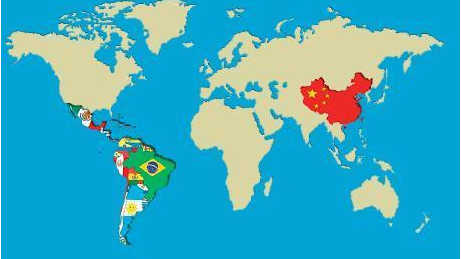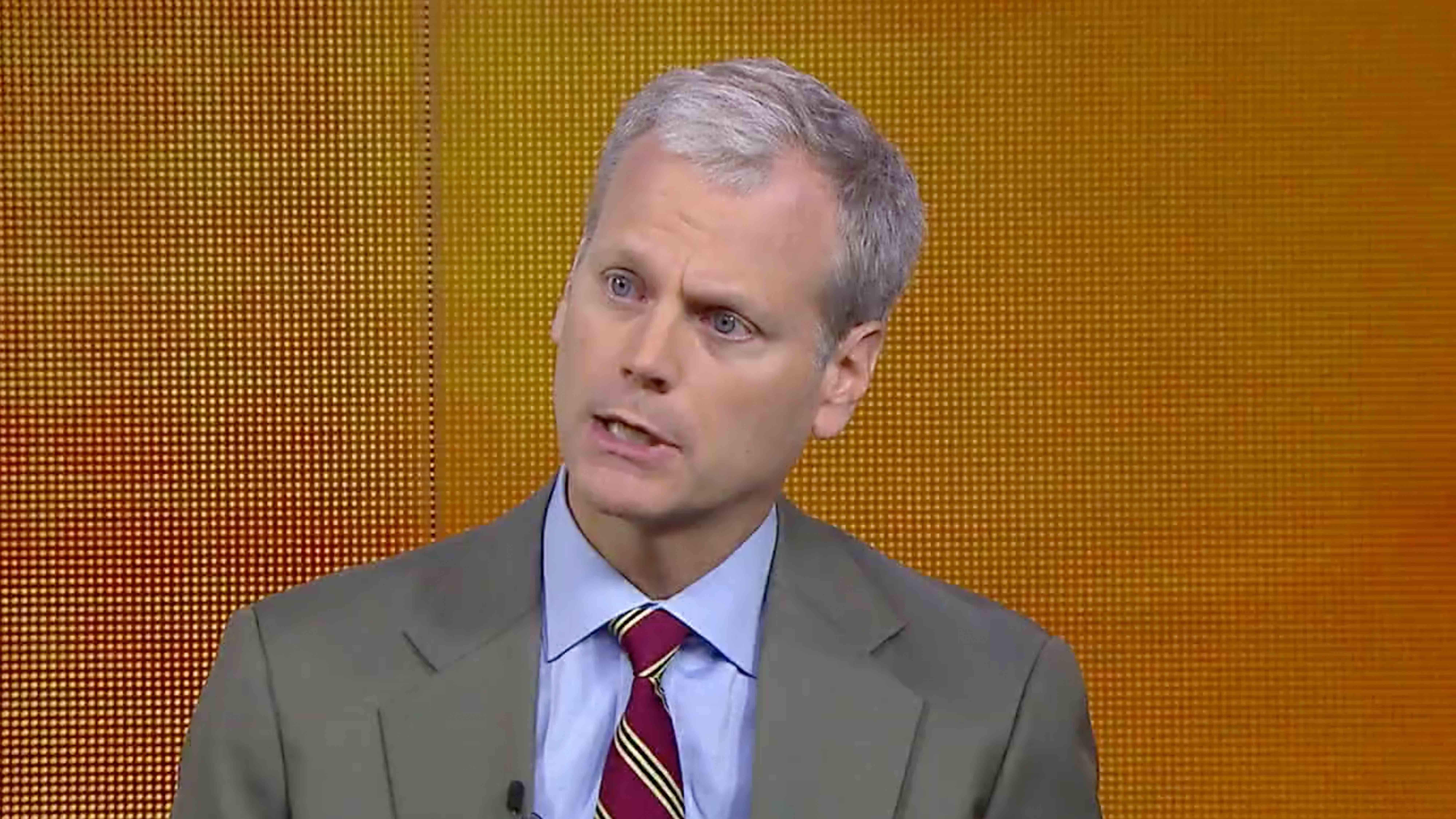
Opinions
11:58, 04-Aug-2018
China and Latin America forge stronger trade ties
Updated
11:35, 07-Aug-2018
CGTN's The Heat

The US has been changing the trade system by imposing tariffs on China, EU, and Japan while reforming relationships with Canada and Mexico under NAFTA. Under this growing pressure, China has joined Latin American countries in a mission to expand international markets and has offered investment worth 250 billion US dollars.
Some economic experts see the China-Latin America trade relationship as an imbalanced one, suggesting that Latin America is a massive exporter of low-valued commodities while importing expensive finished products from China. They say this will lead to a wider trade gap once cooperation expands.
“China, the US, and Latin America countries have different comparative advantages in the global trading market,” responded Haibin Niu, deputy director of the Center for American Studies at Shanghai Institutes for International Studies. “Both China and the Latin American countries are trying to move up to the higher end of the value chain.”
Those with a positive view of the growing China-Latin America relationships see new opportunities in a wider range of investment fields.
00:59

“We are seeing a total broadening of Chinese investment in new sectors in Latin America,” said Wenyuan Wu, the author of the new book Chinese Oil Enterprises in Latin America. “Last year alone China issued four out of the five total loans in fields of renewable infrastructure and finances. Private sectors are also investing in high technology agriculture and tech services.”
However, some are wary of the political components inside China’s investment to the region. In a speech, the former Secretary of State Rex Tillerson warned the region “not to rely on China too much.”
“It remains unclear what values Chinese investment may bring to Latin America in terms of corruption activities and intellectual properties as well as others things that are challenges globally,” said also Eric Farnsworth, the vice president of the Council of the Americas and the Americas Society.
Wu disagreed with those viewpoints, pointing out that there are fundamental differences in the western and eastern narrative systems. “For years Washington and Beijing have been operating in completely different normative universes,” she pointed out in a recent interview.
“China insists in playing a win-win game whereas the current American mindset of international competition reflects the zero-sum game. China is operating in a pragmatic way, which is well-received by the Latin American countries.”
Not only are they forging stronger relationships with China, Latin American countries are now ranking first in terms of building free trade relationships with the rest of the world. However, Mauricio Santoro, the head of the department of international relations at the State University of Rio de Janeiro, didn’t think that will isolate the region from the trade tension, let alone benefiting from the US-China current trade tensions in the longer term.
“If you look at Mexico as an example, because of the NAFTA and immigration problem, it is becoming closer to the US. So the trade war is going to affect us in one way or the other. That’s the lesson we learned from the last financial crisis,” said Santoro.
Farnsworth backed the view of Santoro. Given Latin America’s share of the global economy, which is disproportionately smaller than its geographic size and GDP, these countries “by definition have to be reacting to different changes rather than in the position of influencing them. They are in some ways at the mercy of what happens between China and the US."
The best strategy for China and Latin America, as Farnsworth suggested, is to forge long-term cooperating relations. “Presumably the trade war between China and the US is going to be reduced or end hopefully soon, so the opportunity here is to develop a long-term supplier relationship between these two sides. Once the relationships are built, they are hard to break.”
Other experts also applauded the view that there is space to develop a more comprehensive relationship between China and Latin American countries.
“China and the Latin American worlds are not just business partners, there is more to look at,” Haibin Niu suggested, “Climate change, sustainable environment, and other similar challenges in the global system bring the two sides together.”
The Heat with Anand Naidoo is a 30-minute political talk show on CGTN. It airs weekdays at 7:00 a.m. BJT and 7:00 p.m. Eastern in the United States.

SITEMAP
Copyright © 2018 CGTN. Beijing ICP prepared NO.16065310-3
Copyright © 2018 CGTN. Beijing ICP prepared NO.16065310-3